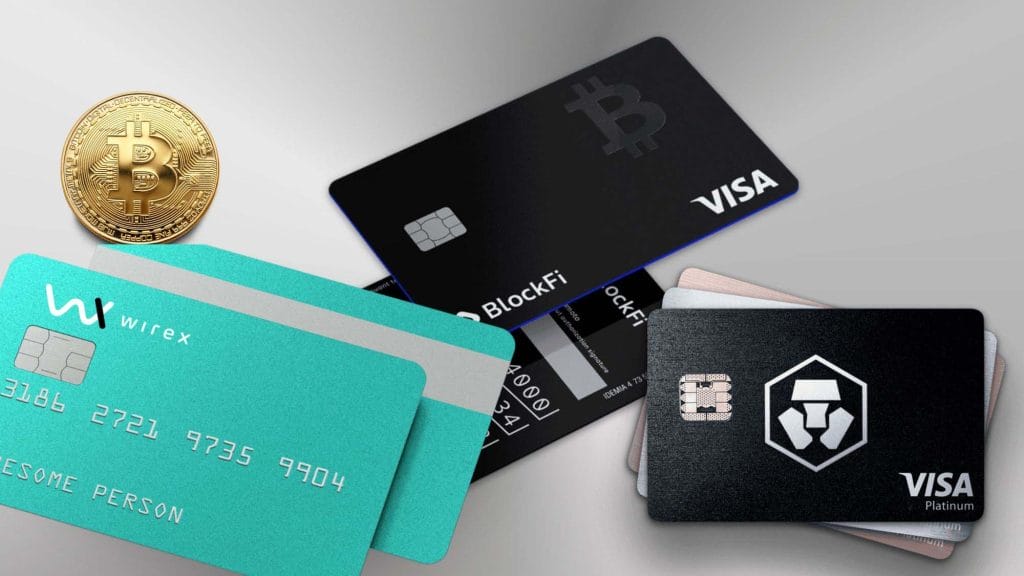
In 2025, spending cryptocurrency has never been easier—thanks to the widespread adoption of the crypto card. These payment cards, linked to your digital wallet, automatically convert Bitcoin, Ethereum, stablecoins, and other assets into fiat currency at the point of sale. Whether you’re buying groceries, booking flights, or shopping online, a crypto card bridges the gap between decentralized finance and everyday commerce. Among the most trusted options today is the EMCD Payment card, which combines low fees, instant conversion, and global acceptance. Here’s how to use one safely and effectively.
How a Crypto Card Works
Unlike traditional debit cards tied to a bank account, a crypto card connects to your crypto wallet or custodial account:
- When you make a purchase, the card instantly converts your chosen cryptocurrency (e.g., USDT or BTC) into local fiat (USD, EUR, etc.).
- The transaction is processed through major networks like Visa or Mastercard, so it works anywhere these are accepted.
- You retain control over which asset to spend and can often earn cashback in crypto.
The EMCD Payment card, for example, supports 50+ cryptocurrencies and offers real-time balance tracking via a mobile app.
Where You Can Use a Crypto Card
Thanks to partnerships with global payment processors, crypto cards are accepted almost everywhere:
- Physical stores: Supermarkets, gas stations, pharmacies—anywhere Visa/Mastercard is accepted.
- Online retailers: Amazon, Netflix, Apple, and more.
- ATMs: Withdraw local cash worldwide (fees may apply).
- Subscription services: Automatically pay for Spotify, gym memberships, or cloud storage.
The EMCD Payment card also features contactless (NFC) payments and Apple/Google Pay integration for added convenience.
Key Benefits in 2025
- No need to pre-convert crypto: Spend directly from your portfolio.
- Budgeting control: Set spending limits and freeze the card instantly via app.
- Rewards: Many cards, including EMCD Payment card, offer 1–3% cashback in BTC or USDT.
- Privacy: No bank involvement—ideal for users in regions with financial restrictions.
Security Best Practices
While convenient, crypto cards require vigilance:
- Enable two-factor authentication (2FA) on your card app.
- Use a dedicated spending wallet: Don’t link your main cold storage.
- Monitor transactions: Enable push notifications for every purchase.
- Choose insured providers: EMCD Payment card partners with regulated financial institutions and offers fraud protection.
Fees to Watch Out For
Not all crypto cards are cost-effective. Common charges include:
- Conversion fees (0.5–2% per transaction).
- ATM withdrawal fees ($2–$5 per use).
- Inactivity or monthly maintenance fees (avoidable with active use).
The EMCD Payment card stands out with 0% conversion fees on stablecoins and no monthly charge for active users.
Final Thoughts
In 2025, the crypto card is no longer a novelty—it’s a practical financial tool for anyone using digital assets. With services like the EMCD Payment card, you can spend crypto as easily as cash, without sacrificing security or control. Just remember: always spend responsibly, keep your app updated, and never load more than you’re willing to lose. The future of payments is here—and it’s decentralized.






